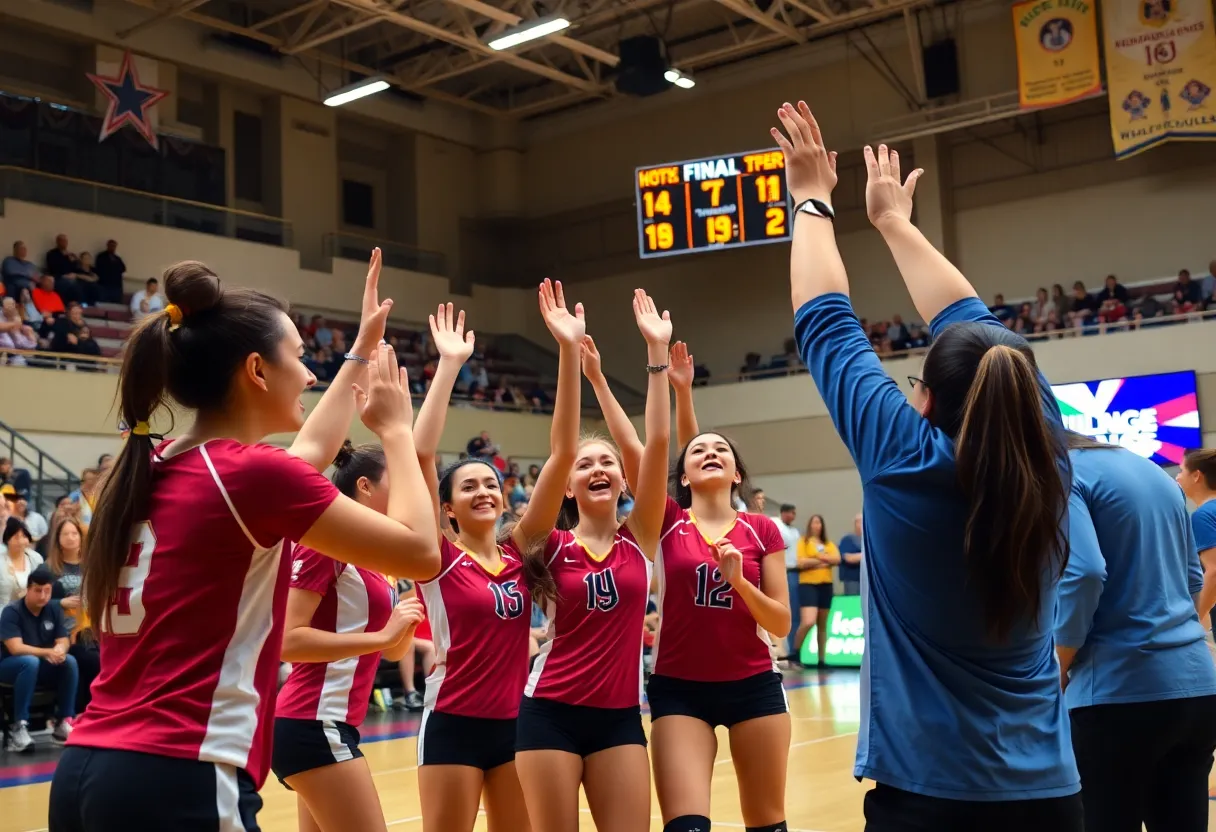Charleston, West Virginia, October 2, 2025
News Summary
Paul Hardesty, president of the West Virginia Board of Education, highlights critical issues with public school funding and regulation amid a rise in school choice. With declining enrollment and a shift to private education, Hardesty calls for legislative reform to ensure sustainability of public schools. The Hope Scholarship program and the urgent need to revise the school aid formula are key points of discussion as lawmakers address these challenges. The implications on student enrollment and state funding continue to be major concerns for the future of education in West Virginia.
Charleston, West Virginia – Paul Hardesty, the president of the West Virginia Board of Education, has stressed the urgent need for legislative reform in the state’s public school funding and regulation systems, particularly in light of ongoing controversies surrounding school choice. He has called for a comprehensive public understanding of how state education laws are crafted and enforced, highlighting significant misconceptions regarding the authorship of the West Virginia School Laws book.
Recent trends show a troubling statistic: approximately 35,000 students have transitioned from public schools to private schools and homeschooling over the past decade, largely influenced by school choice policies. Although Hardesty does not outright oppose school choice, he has raised critical questions about its effects on public school enrollment and funding sustainability.
The West Virginia educational landscape has faced significant challenges, with a noted decline in student enrollment. Current projections suggest fewer than 241,000 students will be attending public schools this year. This decline has escalated pressure on public school funding, as financial allocations are tightly linked to student enrollment figures. The loss of students directly impacts state funding, creating an unstable financial environment for remaining public institutions.
As part of his advocacy, Hardesty has called on lawmakers to reconsider the state’s school aid formula, which is in dire need of revision to effectively support struggling public school systems. The formula currently fails to account for the equitable treatment of traditional public schools compared to charter schools and homeschooling options.
In response to Hardesty’s concerns, some legislators have pointed out that the state legislature should not bear responsibility for the under-enrollment in public schools attributed to school choice policies. Senator Patricia Rucker has emphasized that school consolidations and closures have been a concern for many years, illustrating a growing trend in the state. In 2024, for instance, 16 public schools closed, an increase from nine closures the year before.
Furthermore, Delegate Joe Satler acknowledged the necessity of finding solutions for the issues stemming from the school aid formula, noting that significant overhauls will take time. This aligns with Hardesty’s warnings regarding the future stability of public schools, particularly in light of the Hope Scholarship program, which currently has a budget of less than $100 million, predicted to rise to approximately $245 million by the 2026-2027 school year.
Hardesty has articulated that the viability of public schools will be threatened if appropriate oversight is not established for the Hope Scholarship and similar school choice programs. He has observed that the students who face the greatest challenges remain within public schools, intensifying the load on these educational institutions and impacting their overall performance.
Addressing these multifaceted issues will be a priority at upcoming legislative meetings, with the next Board meeting scheduled for November 12, 2025. As discussions progress, it remains to be seen how effective the proposed changes will be in bolstering West Virginia’s public education system amidst ongoing dynamics with school choice.
FAQ
What concerns did Paul Hardesty raise about school choice in West Virginia?
Paul Hardesty expressed concerns about the impact of school choice on public school enrollment and funding, emphasizing the need for revising the school aid formula to support struggling public schools.
How has public school enrollment changed in recent years in West Virginia?
West Virginia has seen a decline in public school enrollment, with projections indicating fewer than 241,000 students attending this year, a trend that puts financial stress on the school funding system.
What is the Hope Scholarship program?
The Hope Scholarship program provides financial assistance for homeschooling and nonpublic education, with its budget expected to increase from less than $100 million currently to about $245 million by the 2026-2027 school year.
When is the next Board meeting to discuss these issues?
The next Board meeting is scheduled for November 12, 2025, where legislators will discuss potential solutions related to public school funding and regulation.
Deeper Dive: News & Info About This Topic
HERE Resources
Wood County Board Approves Funding for New Lincoln Elementary
Norfolk School Board Postpones Vote on Controversial Consolidation Plan
Norfolk School Board Confirms School Consolidation Plan
Vallejo School District Plans More Closures and Consolidations
Vermont Commission Advocates Early Community Involvement in School Closures
West Virginia Faces Decline in Public School Enrollment
Additional Resources
- WSAZ: West Virginia BOE President Calls for School Choice Guardrails
- News and Sentinel: West Virginia Board of Education President Challenges Lawmakers
- WOWK TV: West Virginia BOE President Urges Legislators on School Choice
- Wikipedia: Education in West Virginia
- K-12 Dive: Private School Choice Participation Increase
- Google Search: West Virginia Education Funding
Author: STAFF HERE HOUSTON TX WRITER
The HOUSTON STAFF WRITER represents the experienced team at HEREHouston.com, your go-to source for actionable local news and information in Houston, Harris County, and beyond. Specializing in "news you can use," we cover essential topics like product reviews for personal and business needs, local business directories, politics, real estate trends, neighborhood insights, and state news affecting the area—with deep expertise drawn from years of dedicated reporting and strong community input, including local press releases and business updates. We deliver top reporting on high-value events such as Houston Livestock Show and Rodeo, Art Car Parade, and Chevron Houston Marathon. Our coverage extends to key organizations like the Greater Houston Partnership and Houston Area Urban League, plus leading businesses in energy and healthcare that power the local economy such as ExxonMobil, Schlumberger, and Houston Methodist. As part of the broader HERE network, including HEREAustinTX.com, HERECollegeStation.com, HEREDallas.com, and HERESanAntonio.com, we provide comprehensive, credible insights into Texas's dynamic landscape.





